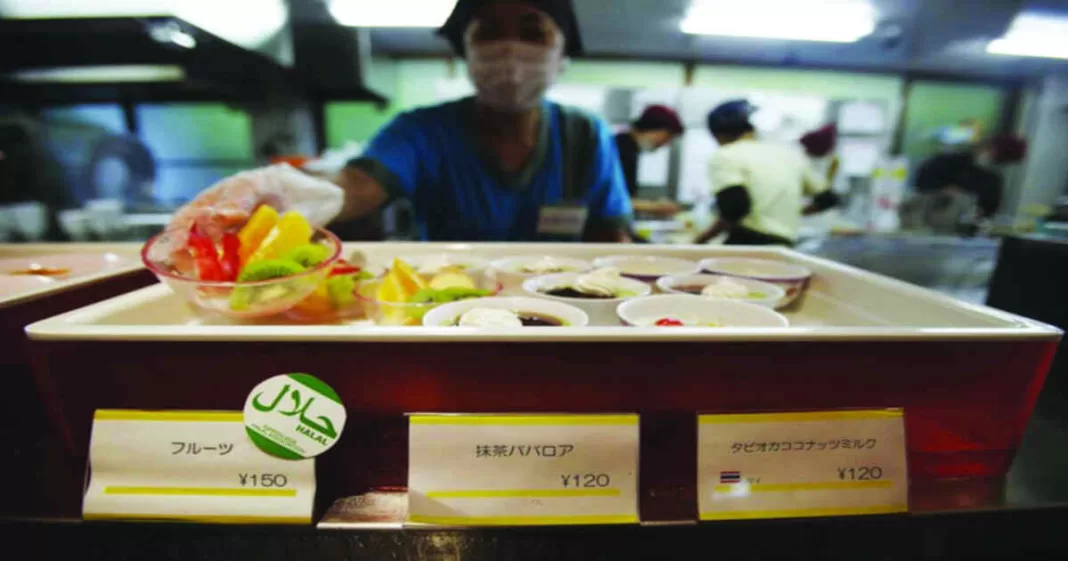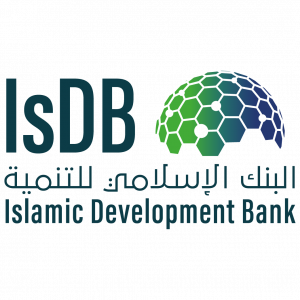By Nimrah Karim and Mohammed Khaled
Original Article Source: CGAP Microfinance Blog
Today, microfinance and Islamic finance are professionalized industries with diverse products, growing client bases, and widening geographical coverage. Both have developed innovative solutions to cater to populations that are outside the fold of conventional financial access. They share objectives of providing inclusive banking through financing productive, asset-backed activity, and lay special emphasis on economic empowerment through entrepreneurship. These complimentary objectives create a ready framework for the confluence of both sectors—into a special niche industry referred to as ‘Islamic microfinance,’ which is just taking off.
High unemployment, poverty, and low levels of financial access in Muslim countries continue to create high demand for microfinance. While conventional microfinance has successfully reached large numbers of poor in Muslim countries (most notably, Bangladesh and Indonesia), there is evidence to suggest that there are many potential clients of microfinance that categorically reject products that do not comply with Islamic principles.
IFC commissioned market studies reveal that in Algeria and Jordan, approximately 20% of the poor cite religious reasons for not seeking conventional microfinance, while in Yemen and Syria, this percentage rises to 40%. In a 2008 CGAP survey, local practitioners and key informants suggested similar demand trends in Indonesia, Afghanistan, Pakistan, and the Palestinian territories, and also in Muslim majority areas of India, Sri Lanka, Brunei, Cambodia, and the Philippines.
Broadly speaking, the market for microfinance in the Muslim world can be divided into three segments: 1) individuals who will accept conventional finance products; 2) individuals who state a clear preference for Shariah-compliant finance but—due to unavailability or price differentials—accept conventional finance, and finally, 3) individuals who only use Shariah-compliant products. The ratios of these groups fluctuate by region. For example, individuals who would insist on Islamic financing (category 3) constitute far more than one third of the market in Yemen, and less than a third of the market in Bangladesh. Overall, it is estimated that roughly 2/3 of the microfinance market in the Muslim world either insists on, or prefers Islamic financing.
The 2008 CGAP survey revealed that global Islamic microfinance supply is very limited and concentrated in only a few countries (80% of the 380,000 clients of Islamic microfinance worldwide are in Bangladesh, Indonesia, and Afghanistan). Moreover, Islamic microfinance does not exceed more than .05% of total microfinance outreach. In the Arab world, MFIs that have been in the market for 7-10 years typically only reach between 2,000-7,000 active borrowers using Islamic microfinance. In direct contrast, MFIs of similar age operating in the same region reach tens and hundreds of thousands active borrowers using conventional microfinance.
Islamic microfinance offers an alternative paradigm for millions of poor people who are currently not served by conventional microfinance. In order to provide access to sustainable services on scale, it is imperative for the industry to adopt innovative and sound practices and prove that these models work. To this end, the industry requires deeper market research and a comprehensive initiative to build the capacity of players in the micro, meso and macro levels, in order to help in developing and implementing appropriate business models.
Responding to this need, CGAP, Deutsche Bank, Islamic Development Bank, and Grameen-Jameel launched the Islamic Microfinance Challenge 2010. The objective of this challenge was to canvass the industry for ideas for sustainable, scalable, and authentic Islamic microfinance business models to meet the financial needs of the Muslim poor. The competition was made open to the general public. Institutions as well as independent consultants were invited to apply, with the stipulation that applicants have the capacity to roll out a pilot project using the prize funds.
The competition generated a lot of interest and received over 130 applications from 43 countries, with the highest number from Indonesia, Pakistan, and India, respectively. Applicants included Islamic and conventional microfinance institutions (MFIs), multi-sectoral NGOs, apex institutions, consultants, and academics. A review board with expertise in microfinance practice, microfinance investment and Islamic finance, judged submissions against the criteria of profitability and scalability and Shariah-compliance.
Five applications, namely, Al Amal Microfinance Bank (Yemen), Bina Insan Sejahtera Mandiri (Indonesia), Centre for Women’s Cooperative Development (Pakistan) Tameer Bank (Pakistan), and Tanzania ecoVolunteerism (Tanzania) were shortlisted by the judges. These applicants were asked to apply to the second phase with more detailed plans on implementation.
On February 16, 2011, the sponsors named Al-Amal Microfinance Bank from Yemen as the finalist and recipient of US$ 104,000 in prize funds. Al Amal Microfinance Bank is the first microfinance bank in the Arab world to offer only Shariah-compliant products. Operating for just over two years, the bank has 15,000 active borrowers and 20,000 savers, and has captured over 25% of the Yemeni microfinance market. Al Amal’s proposal for the competition was to pilot an Islamic leasing product. The bank plans to self-fund its leasing product by relying on an Islamic investment funds product. It expects to reach operational and financial sustainability by 2012. The bank’s menu of Islamic microfinance products include group and individual financing, project, corporate, and investment financing, savings, investment funds, and insurance.
Going forward, sponsors of the Islamic Microfinance Challenge 2010 seek to engage with the broader microfinance and Islamic finance communities to find new ways to foster development and support this sector going forward. Given that the group of 2.7 billion unbanked includes a vast number of Muslims, expanding the availability of affordable and sustainable Shariah-compliant services can prove to be transformative for microfinance.



